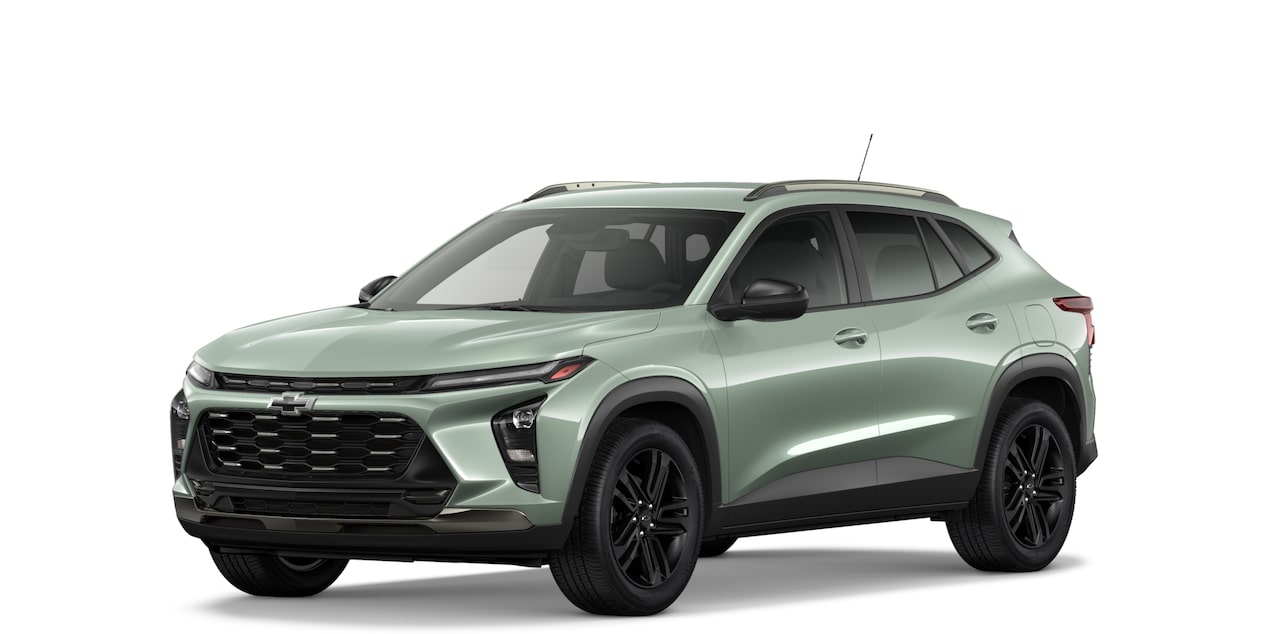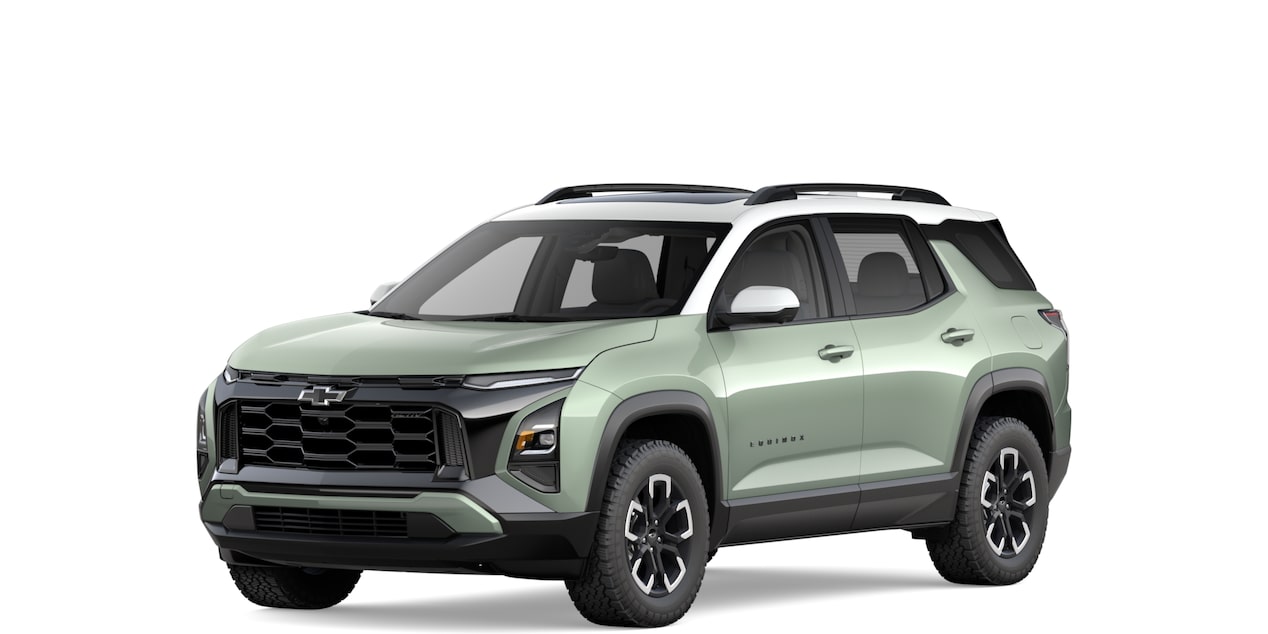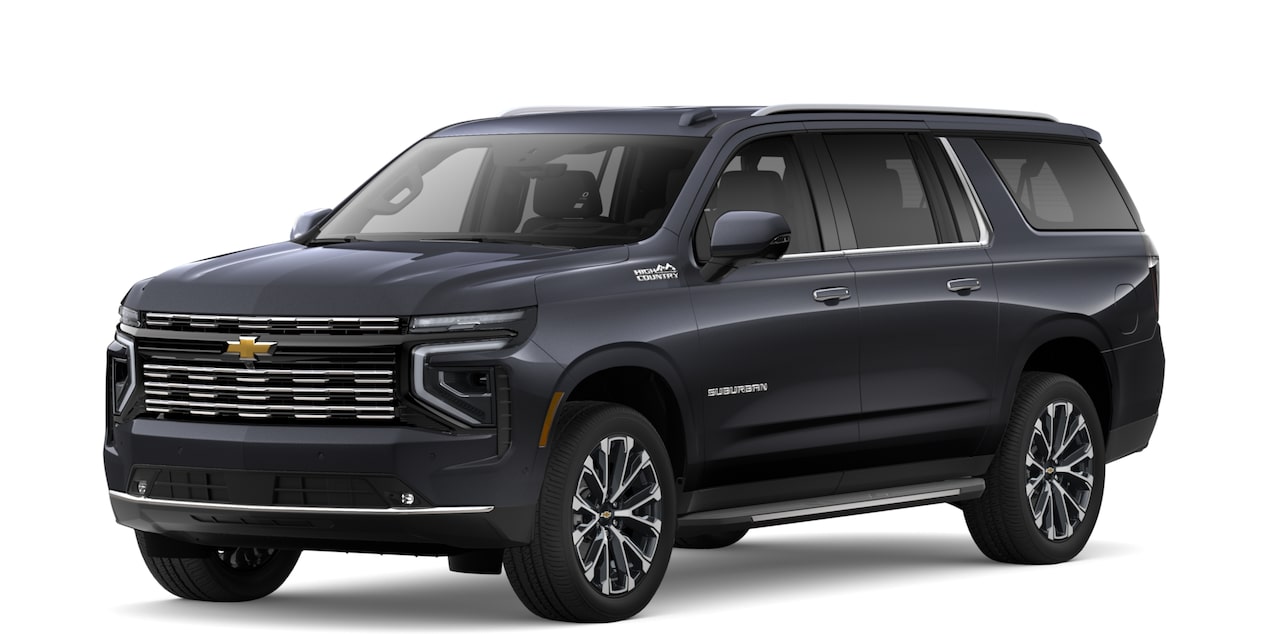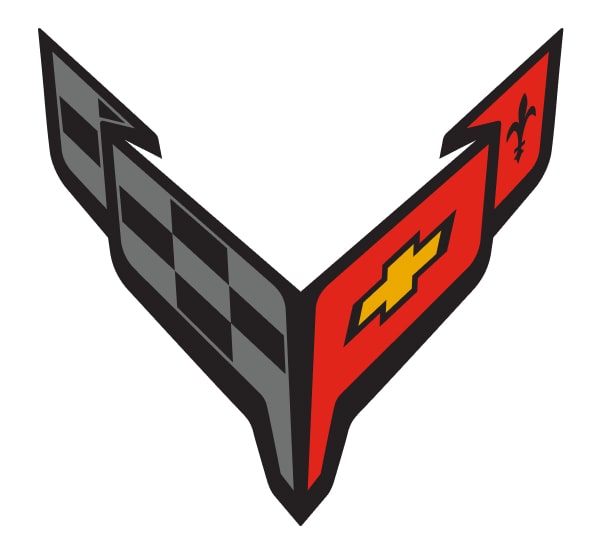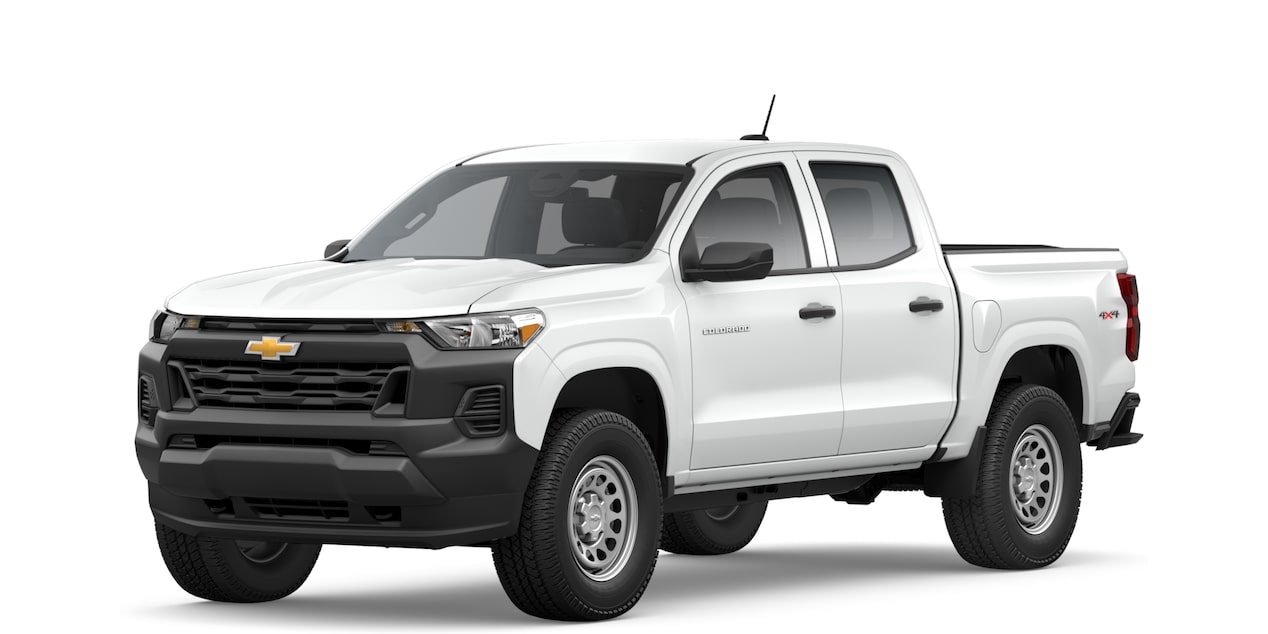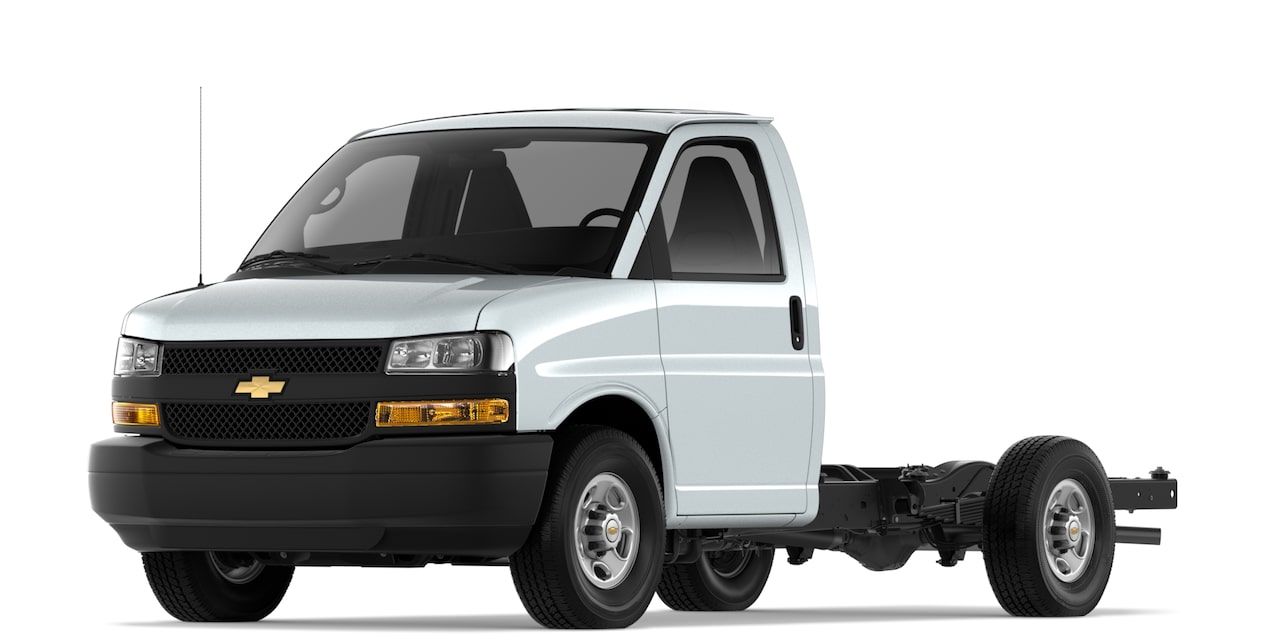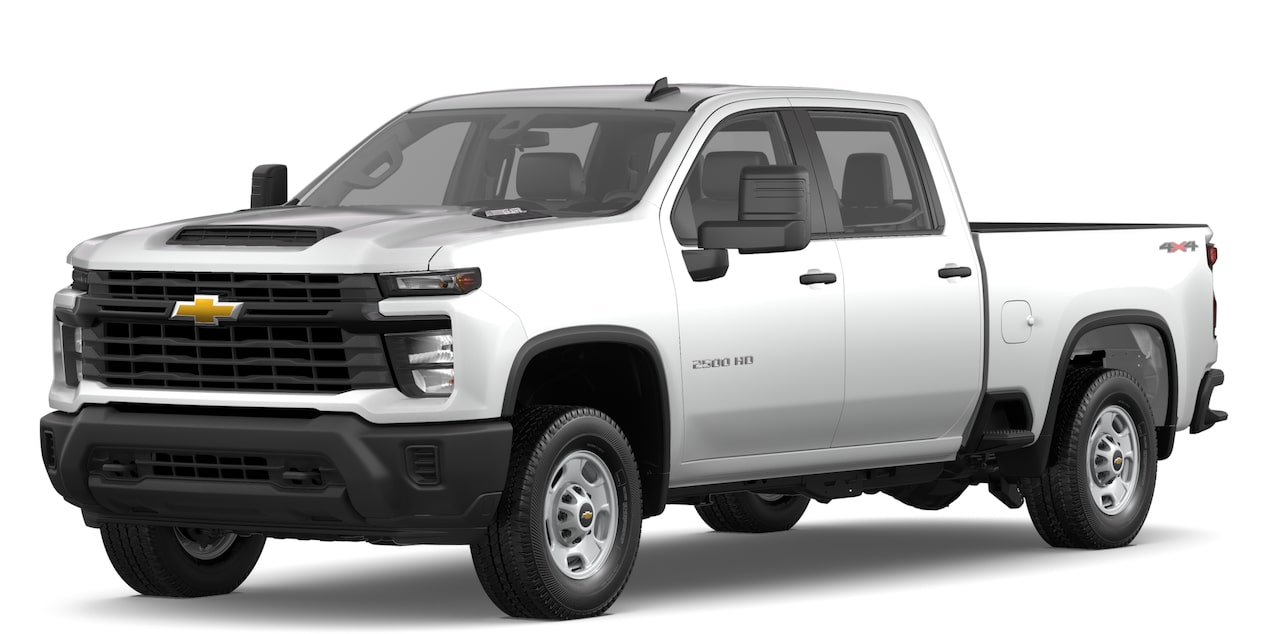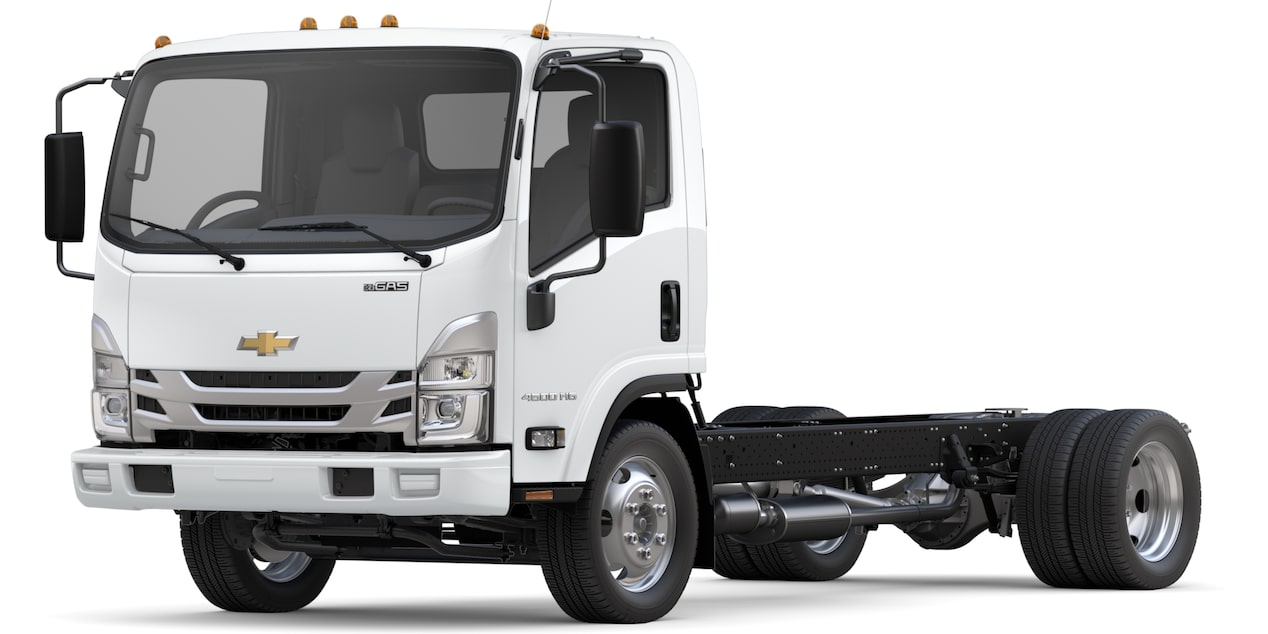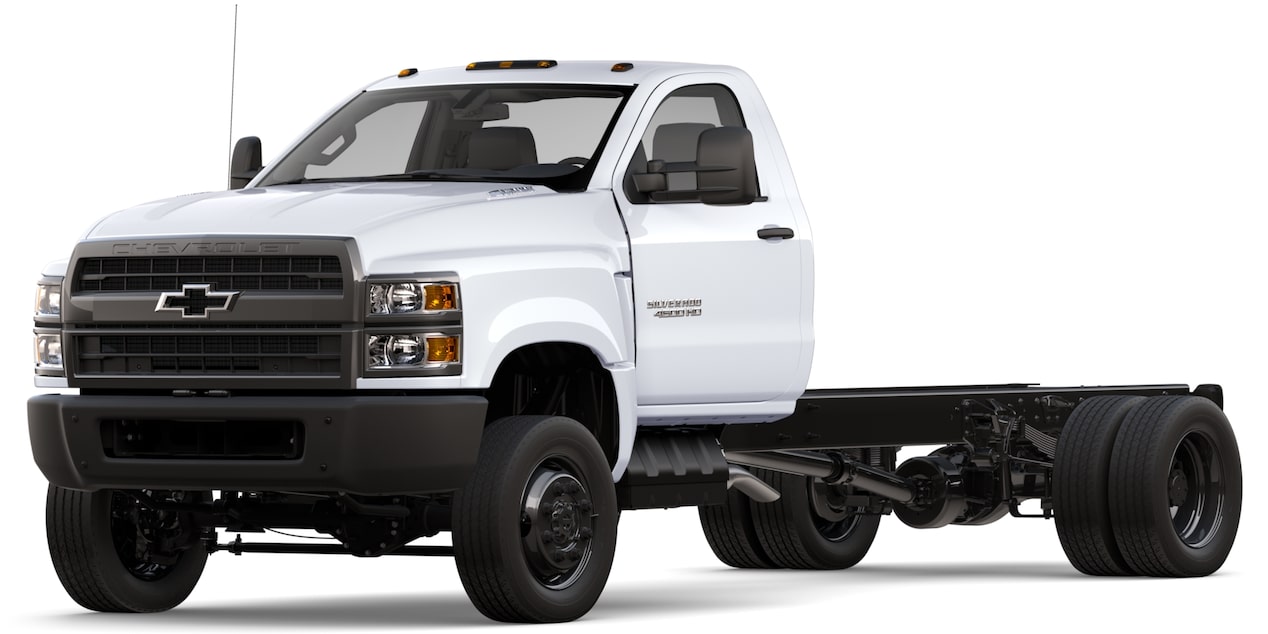
Published 6/24/24
A Rowdy 1968 Camaro
WORDS: DAN HODGDON
PHOTOS: NATE LIGHT
Share on
Share on
Visit us at
Visit us at
A Gen 1 Camaro is always a head-turner. But Ken Henderson’s red 1968 model is now a Pro Touring-style showstopper, courtesy of Metal Brothers Hot Rods in Theodore, Alabama.

This 1968 Camaro built by Metal Brothers Hot Rods features LS3 power.
At the heart of the red stunner is a Chevrolet Performance LS376/525 crate engine,* making 525 horsepower and 486 lb.-ft. of torque. During this spring’s Goodguys Griot’s Garage North Carolina Nationals in Raleigh, the shop prominently featured the LS-powered car in its booth at the North Carolina State Fairgrounds.
“That’s usually the go-to for us,” said shop owner Francisco Murillo of the LS376/525. “That’s the one we like the most, it’s the most rowdy and sounds better.”
The fuel-injected engine is based on the standard LS3 crate option,* but the rowdiness in power and sound comes in large part from the aggressive, hydraulic-roller ASA camshaft.

The Chevrolet Performance LS376/525 crate engine* under the hood.
Like all LS3-based power plants, the LS376/525 is built on a cast-aluminum block with six-bolt, cross-bolted main caps and features aluminum, L92-type rectangular-port cylinder heads. But the LS376/525 also includes higher-rate valve springs for enhanced durability to complement the cam upgrade.
This particular Camaro originally had a 350 cu.-in. Small-Block engine, but the owner wanted to upgrade to a modern LS, something Metal Brothers Hot Rods does regularly.
“We feel like the car gets a lot more reliable,” Murillo said about the LS platform. “You can just get in the car, crank it and go.”

The Camaro features a variety of aftermarket suspension components.
The engine is now mated to a Bowler T56 six-speed transmission, while underneath the car is a Detroit Speed subframe and four-link rear suspension. Murillo found he had to slightly modify the transmission tunnel, but the modern powertrain dropped in seamlessly with the Detroit Speed components allowing for an LS update.
The Camaro rides on Forgeline wheels paired with Toyo Proxes tires that help give the car its aggressive stance. Wilwood brakes with 14-inch rotors and six-piston calipers bring the car to a stop.
The Metal Brothers Hot Rods team took painstaking steps to build the car in a Pro Touring style before finishing it in a fast-looking Ferrari red.

Steve Holcomb at Pro Auto Custom Interiors was responsible for the interior look.
“We enhanced the gaps and everything around the car, we made the lines a little bit sharper,” Murillo said. “We got everything as straight as we could before we painted. We feel like it turned out pretty good.”
Flat-black front and rear bumpers, along with a black front splitter and rear spoiler are among the accents complementing the red paint.
The black interior was completed by Steve Holcomb at Pro Auto Custom Interiors. Highlights include RECARO seats, Dakota Digital gauges and a Restomod Air A/C system.

Francisco Murillo is an owner of Metal Brothers Hot Rods.
Car builder Murillo originally hails from Texas and pursued engineering in college in Mexico before opening Metal Brothers Hot Rods on the Gulf Coast. The shop is currently in its ninth year and is working on nearly two dozen cars at any given time.
“We like Camaros a lot but we do a little bit of everything,” Murillo said.
Their 1968 Camaro build was a 2023 Goodguys Muscle Machine of the Year finalist, and represents just one of the team’s impressive LS-powered builds.
“Just about everything we do we try to swap,” Murillo explained.
For a Pro Touring-style restomod, the LS376/525 is an ideal solution under the hood.
Be sure to keep watching The BLOCK for more Chevrolet Performance builds from events nationwide.
*Because of their effect on a vehicle’s emissions performance, these engines are intended exclusively for use in competition vehicles. These engines are designed and intended for use in vehicles operated exclusively for competition: in racing or organized competition on courses separate from public roads, streets or highways. Installation or use of these engines on a vehicle operated on public roads, streets or highways is likely to violate U.S., Canadian, and state and provincial laws and regulations related to motor vehicle emissions.




